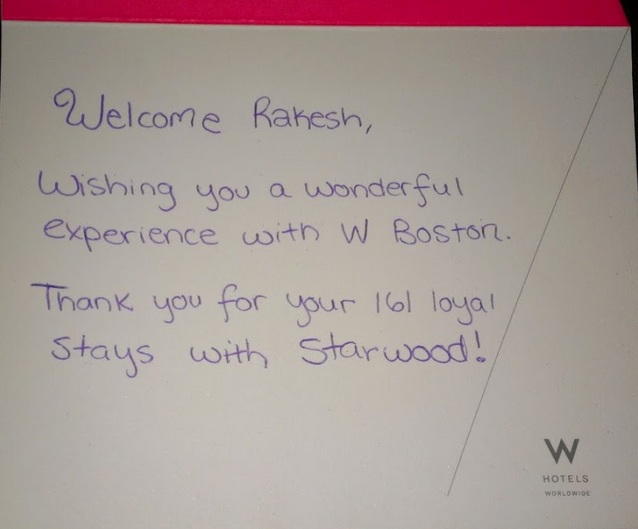 With one-search access to a lot of our lives on the Internet, we’re at the beginnings of a lot of discussions on what’s acceptable and what’s not when it comes to social media and database usage.
With one-search access to a lot of our lives on the Internet, we’re at the beginnings of a lot of discussions on what’s acceptable and what’s not when it comes to social media and database usage.
Last week, British Airways announced that it would be Googling passenger images to train its flight crews to recognize important people who may not be instantly recognizable. The program is called “Know Me.”
“The most recent advancement of the system enables the British Airways team to search Google images for a photo of specific customers so they can recognise them and proactively approach them. The airline is aiming to send 4,500 personal recognition messages a day by the end of the year,” an airline spokesman told the London Evening Standard.
As someone who travels a lot, I recognize the importance of personalized service. I appreciate it when I get the right type of car, hotel room with a view, or a last-minute operational upgrade. But this just seems creepy and over the line.
Virgin America, which is a leader in using social media to respond to customers, doesn’t do this level of searching.
“Our frontline teammates refrain from use of social media when interacting with guests and/or during work hours,” said spokeswoman Abby Lunardini. “Additionally, working flight crew cannot use personal electronic devices during the course of normal duty.”
Although I live my life fairly publicly and don’t expect privacy on things that I openly share on Twitter, if a flight attendant suddenly started talking to me about something I’d written about, I’d be more than a little creeped out.
It’s entirely different when the customer initiates the interaction. When I request things from Virgin America on Twitter, I never have to provide my frequent flier number or confirmation number. That’s incredibly convenient. Because I can’t secretly test airlines, I asked Lunardini if my treatment was unique.
“Our social media team is generally aware of top frequent flyers and we tend to have more interaction with them overall,” Lunardini said. “We do try to offer consistent social media guest care for all users (not that you aren’t special!), but we certainly do look at flight history, Elevate accounts, and other details when we can and as needed in responding.”
There’s a dance that is going to evolve over time, and the reactions are going to be different from person to person. Should a customer’s Twitter handle be associated with their account? Should a customer service rep automatically see all tweets about the company from this person? Should they see all tweets, even those that don’t relate to the business?
People who are designing customer relationship management systems need to think about what’s socially acceptable in addition to what’s technically possible.
Consider this note I received when I checked in at the W Boston Hotel. While reading it, see if you can figure out what they shouldn’t have included:

It was nice that they acknowledged my loyalty to Starwood. But the 161 stays is an unnecessary detail. They could have just said thank you for your loyalty over the years. Even though we all subconsciously know that our actions are being tracked, this jumps out and underscores the point. There’s really no reason to expose this level of detail to front-line personnel at each hotel.
On the other hand, there are many cases where businesses could provide better service by integrating technology but don’t.
We’re all familiar with the IVR systems at banks and credit card companies that ask you for you account information, have you authenticate, etc. And then when you finally get to an agent, the first thing they ask you is for your account number. None of the work that you did with the automated system carries over.
Interactions in other channels should carry over.
My pet peeve is American Express’s customer service system. (Disclosure: I own AXP stock.) I manage my account entirely online. I check my balances, view my transactions, and pay my bill on their website or mobile apps. I will never, ever call them for something that is automated because it’s faster to do it myself online. My account should be coded so that on the off chance I do call, I skip the IVR system and go straight to an agent.
As startups move into more service intensive businesses, paying attention to the details of customer interaction will be important.
GrubHub, which allows customers to order restaurant meals for delivery or pickup online, has a great system. If you call from a phone number that is associated with your account, your order details immediately pop up on the screen of the customer service representative.
“In my experience it has helped us resolve diner inquiries faster, making for a happier diner,” said GrubHub spokeswoman Abby Hunt. “When someone is hungry, being fast is important.”
[Top image credit: Lane V. Erickson/Shutterstock]
VentureBeat's mission is to be a digital town square for technical decision-makers to gain knowledge about transformative enterprise technology and transact. Learn More

